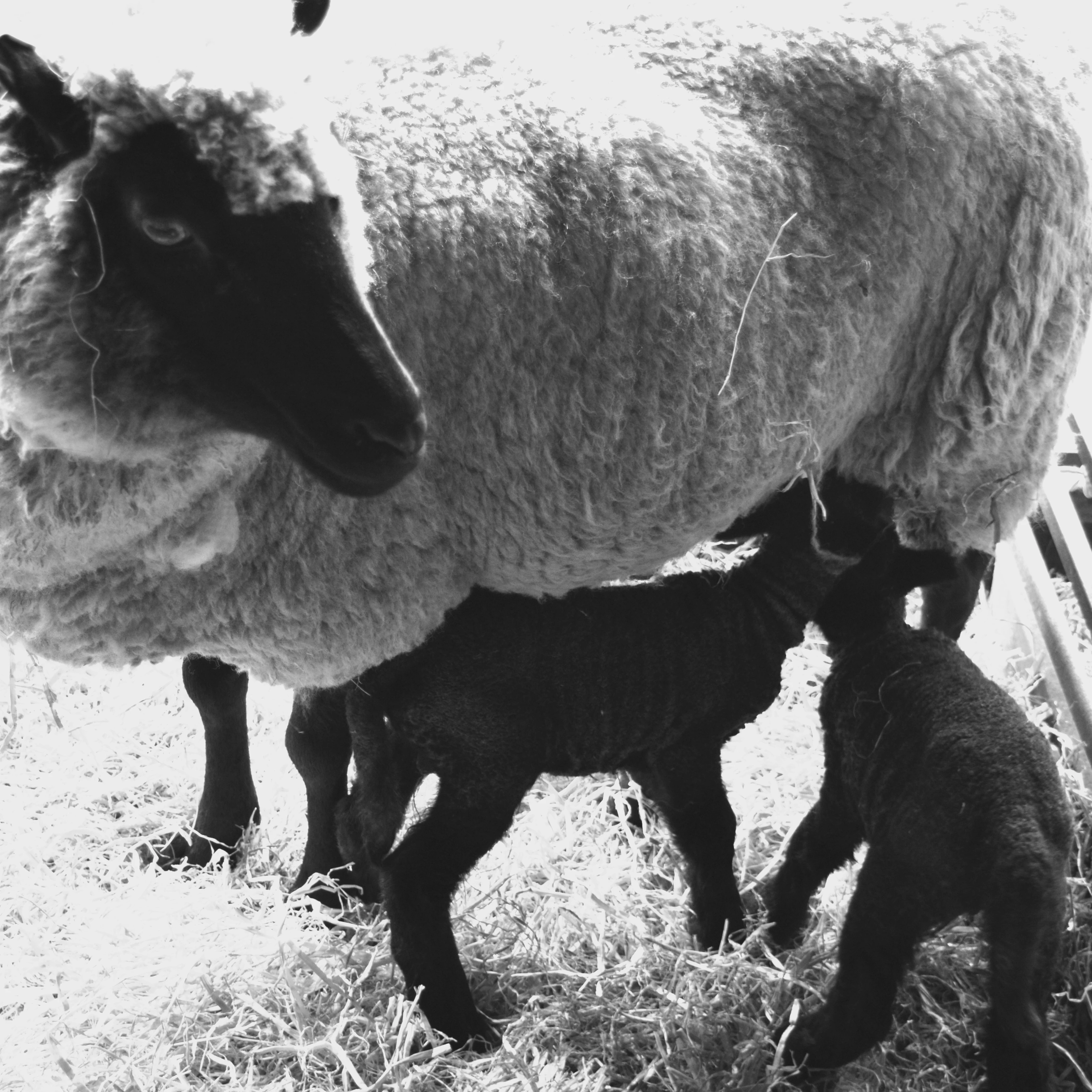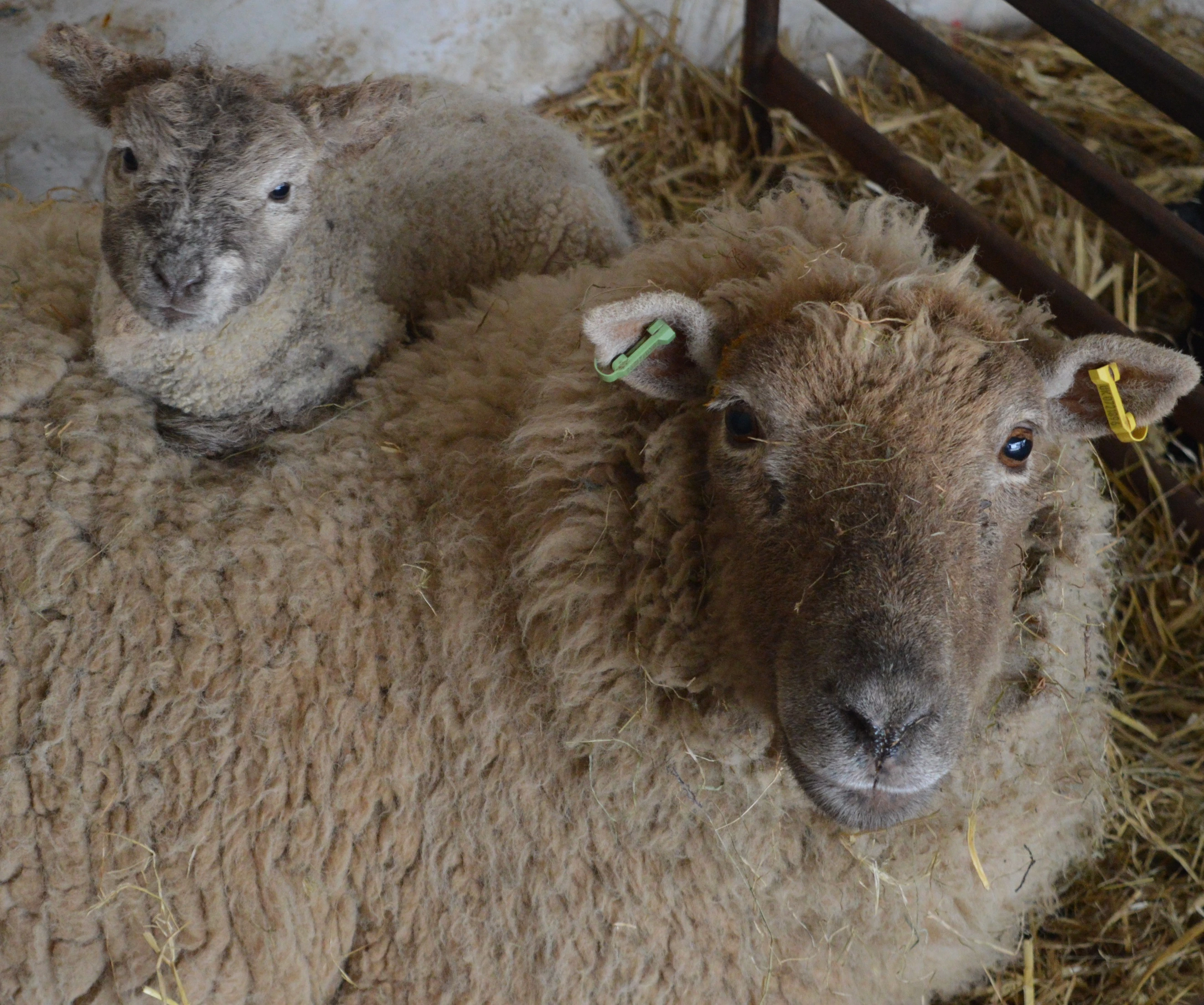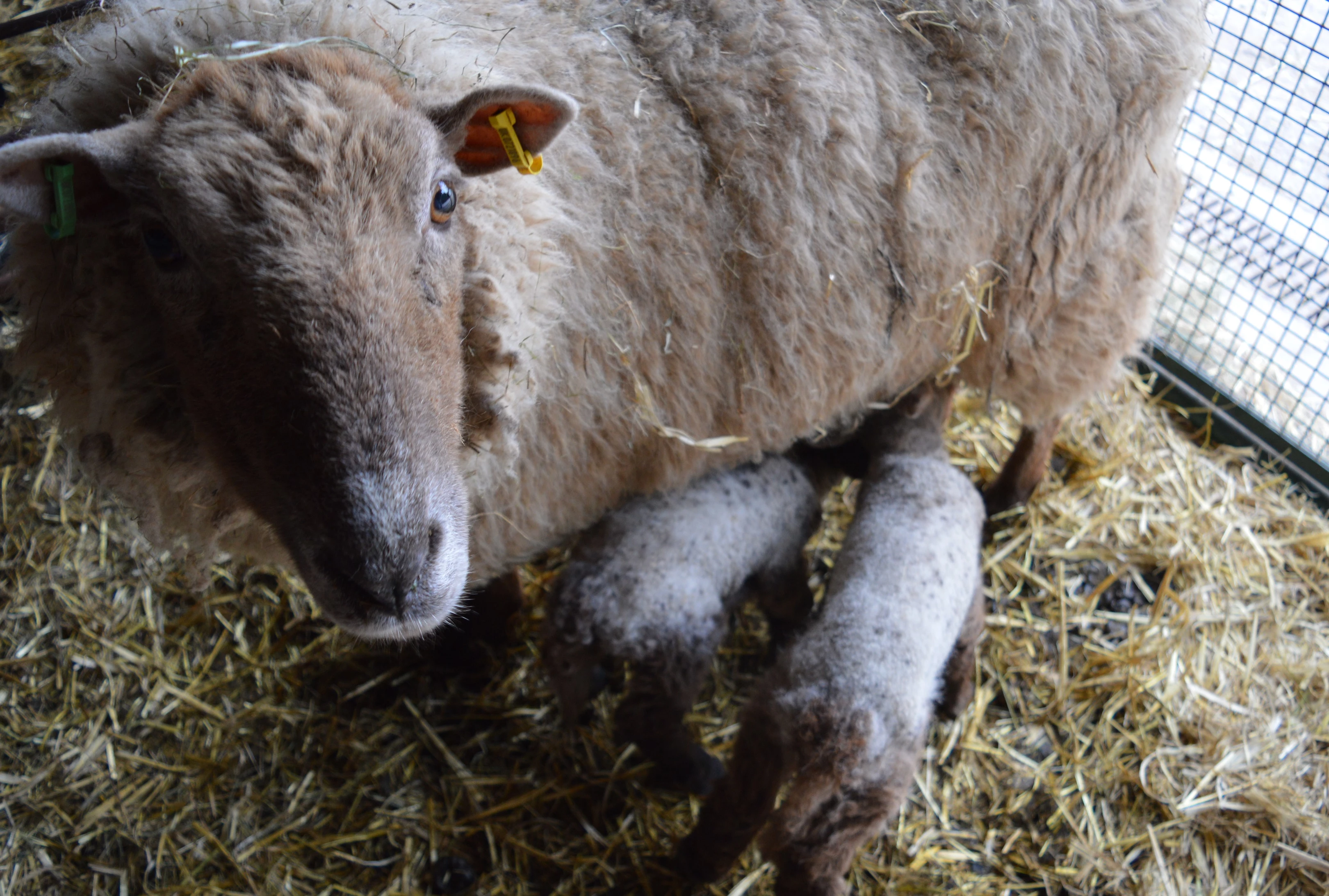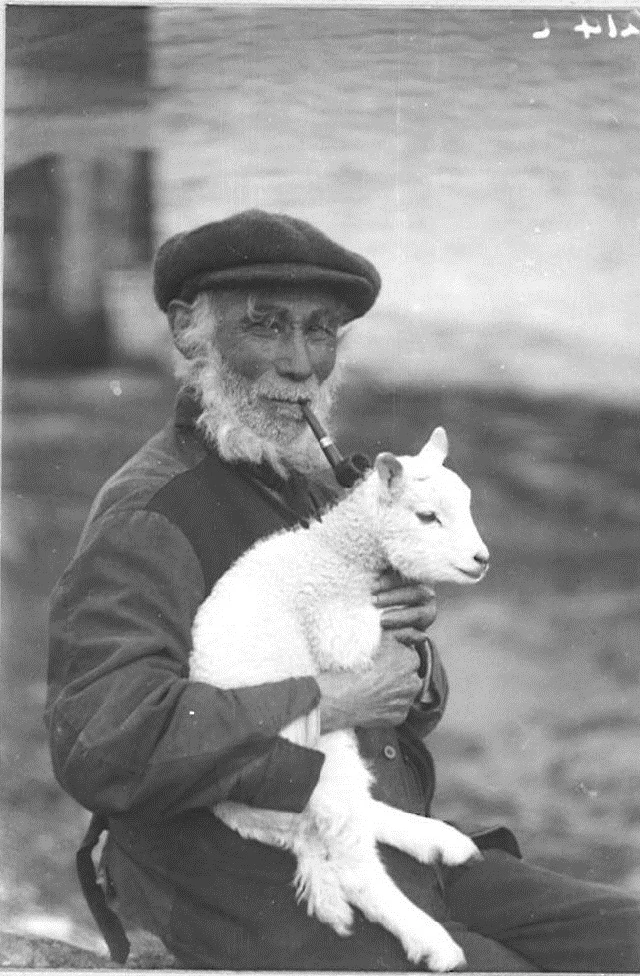Lambcam 2016 – the final countdown
, 29 March 2016
It’s been another busy lambing season down at Llwyn yr Eos – we really hope you’ve enjoyed watching all the action via #lambcam. This year, as well as welcoming lots of excited visitors to the farm to see our mums and babies, there’s been a couple of new additions to the programme. We ran our first ever Lambing Experience Day Courses and were really pleased to get great feedback that included 'a once in a lifetime experience'! They're something we hope to build on in 2017 - so watch this space!. Our Learning Team also organised lambing tours for schools, with over 600 children visiting (some of whom were lucky enough to witness births happening!).
The lamb-o-meter clocked up 186 at close of play – there’s a few stragglers left to deliver, but we’re on course for a total of 204 births. For those of you who like some stats, here goes…
- Lambing 204 from 114 ewes gives a lambing percentage of 178% (which is good).
- The vast majority of those are happy, healthy and with their mothers.
- But we’ve also lost a few along the way…
- One set of twins were a late miscarriage.
- One lamb too premature to survive.
- 2 failed to thrive and died at a few days old.
- 2 stillborn.
- 1 accidentallly smothered by its mother.
- So far we have ended up with two lambs being bottle fed:
- One was born very poorly and had to be hand reared from the start.
- The other was from a set of twins where the mother had mastitis and only had enough milk for one lamb.
- Both of them are bouncing around happily now.
- There’s also been a couple of bonuses – two ewes that we thought were carrying singles delivered twins!
So here’s a few of this year’s cutest pictures to keep you going till next year……





